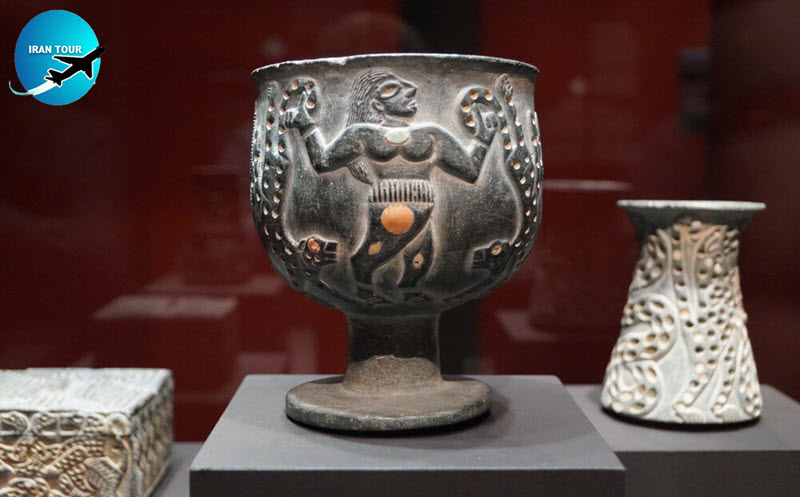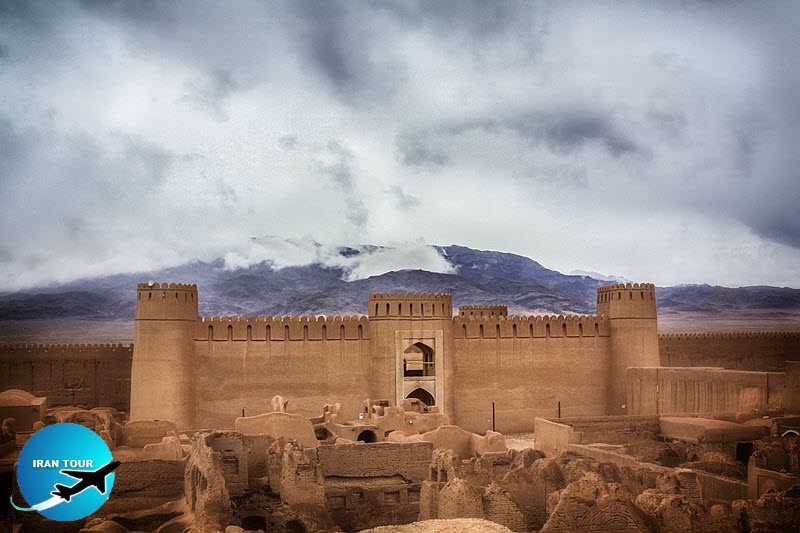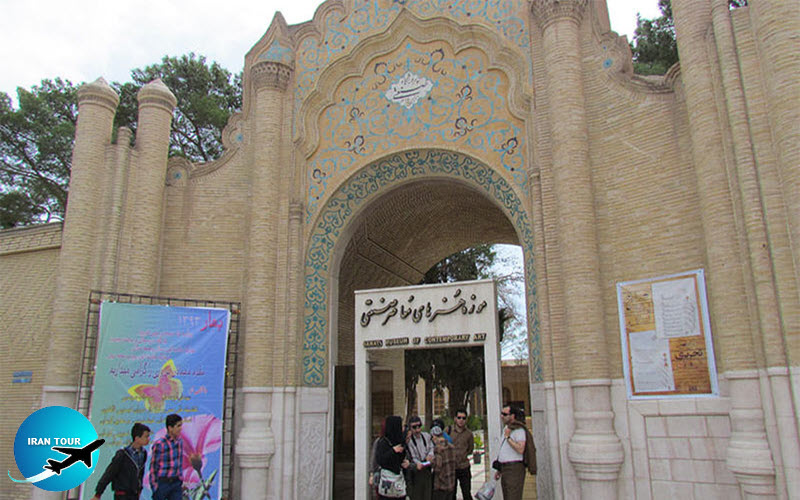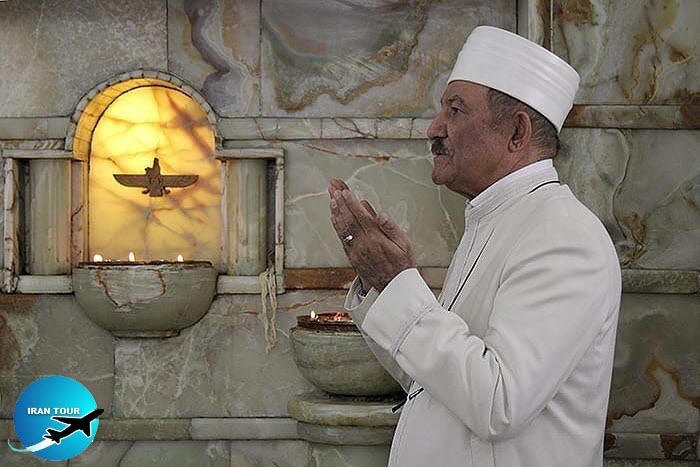Copyright 2020 - 2021 irantour.tours all right reserved
Designed by Behsazanhost
Jiroft Civilization
This civilization, which is also known as the culture of Halil Rood( River), is one of the oldest ancient cultures in the late 3rd millennium BC in the region of Kerman and Baluchestan Province.
- Details
- Category: Kerman HISTORICAL SITES
Rayen Castle
The historical city and pleasant climate of Rayen are located in 57 longitudes and 29 latitudes at 100 km distance south of Kerman and 115km north of Jiroft. This city is also located on mount Hezar slop at 4501 meters altitude which is the highest mountain in the south of Iran and the central altitudes. Its height of it from the sea surface is 2001 meters and it is one of the cold regions of Kerman province. The most important Rayen attraction include Arg (citadel), waterfall, one thousand years old plane tree, 8400 years old cypress tree, volcanic craters, mineral water springs, and 3 Imam Zadeh tombs.
- Details
- Category: Kerman HISTORICAL SITES
Arg e Bam or Bam citadel
Arg-e Bam is located east- north of Bam, on the big cliff slop. This castle has been the old city of Bam and was formed from four parts and 38 observation guards towers, the main building materials of this historical monument are plaster clay and straw. Arg-e Bam (Bam Citadel) is the world’s largest adobe structure registered by the UNESCO organization, unfortunately, was damaged in an earthquake in December 2003. Today many experts from all over the world try to reconstruct the citadel. At the present time, even many Iranian and foreign tourists visit the semi-destroyed buildings of the citadel and are attracted, numerous tourists.
- Details
- Category: Kerman HISTORICAL SITES
Kerman Museums
If you love history and are interested in museums and historical objects and eager to search among historical and valuable objects, Kerman museums can guide you to the depths of Iranian history. Join us to learn more about the Museum of Kerman.
- Details
- Category: Kerman HISTORICAL SITES
Kerman Fire temple
Kerman was the second city in Iran to which Zoroastrians had taken refuge and gathered over the past several centuries. It was a small town with about 30,000 inhabitants in the 19th century located on the edge of the Lout Desert (Kavir-e Lut) in southeastern Iran and surrounded by natural protective walls. Kerman city, which was located on the Indo-Iranian trade route, had been an important trading center since the Safavid era. Zoroastrians had lived just outside the gates and Kermani Muslims were more tolerant than Yazidis.
- Details
- Category: Kerman HISTORICAL SITES




